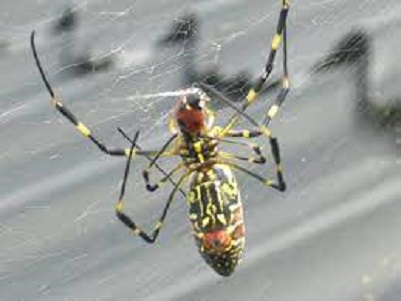FOR YOUR HEALTH: Gym Or No Gym? Finding Your Ideal Exercise Routine

The immersive JRNY digital fitness platform features hundreds of workouts.
(NAPSI)—They say old habits die hard, but for a lot of people the last two years have proven otherwise. The COVID-19 pandemic fueled a seismic shift in the way people view physical and mental health—and lately, many have had a chance to reflect on old habits and routines.
If you’re looking to improve your physical or mental health, there may be no better tool than exercise. It offers numerous benefits including lower blood pressure, improved bone health and reduced risk of diseases. Moving your body stimulates different parts of your brain to release feel-good chemicals including serotonin, endorphins and dopamine, leading to a cascade effect of better sleep, sharper thinking, reduced stress and enhanced mood.
With the mass adoption of hybrid work models that let you swap your morning commutes with a sweat session or moment of mindfulness, the reopening of gyms and fitness centers and spring right around the corner, now’s a good time to replace your old, tired routines.
Tom Holland, exercise physiologist and Bowflex fitness advisor, says it’s an exciting moment in fitness and a great time for people to begin thinking about what their exercise routine might look like, with so many options available including working out at home, outside or at the gym.
Here are a few ideas to help you get started:
• Take up a new at-home routine: At-home workouts are the new normal for many and can be just as effective as a workout done at a gym—not to mention easier to fit into a busy routine. Fitness apps such as the JRNY digital fitness platform (https://www.bowflex.com/jrny.html)—which offers a range of classes including strength, stretching, yoga and Pilates—can be great tools to take the guesswork out of trying a new exercise.
“At-home fitness equipment is better than ever before and you no longer need a gym membership to get in a great workout,” says Holland. “With new digital technologies such as wearables and connected machines, you can get the kind of customized, comprehensive fitness plans that were once reserved for professional athletes.”
Versatile home equipment such as the Bowflex VeloCore Bike 22” (https://www.bowflex.com/bikes/velocore/100914.html) are great for getting in a cardio session without the need to go to a gym. With the JRNY app on the VeloCore bike, you can tour new cities, participate in trainer-led rides or catch up on your favorite shows on Netflix, Hulu, Amazon Prime Video, HBO Max and Disney+.
• Get outside: There’s a strong link between time spent outdoors and physiological benefits, including reduced stress and mental fatigue and improved mood.
“Consider taking a daily walk or picking up an outdoor hobby to ensure you’re getting enough time outside,” suggests Holland. “Pets can be a great reason to get outside more frequently, so if you’ve ever thought about getting a dog, maybe now is the time!”
• Take up a family or group activity: Exercise doesn’t have to be a solo activity. In fact, it can be a great opportunity to spend some quality time with friends and family. Recreational sports such as pickleball are easy to learn and can be accessible fun for the whole family, no matter the age or ability level.
“Pickleball is a new activity I’ve discovered and one my whole family has been enjoying,” Holland adds. “If you’re thinking about giving it a try but are concerned about your fitness level, I recommend exercises like bodyweight squats, skaters and jumping jacks as a warm-up to get your body in pickleball-playing shape.”

















